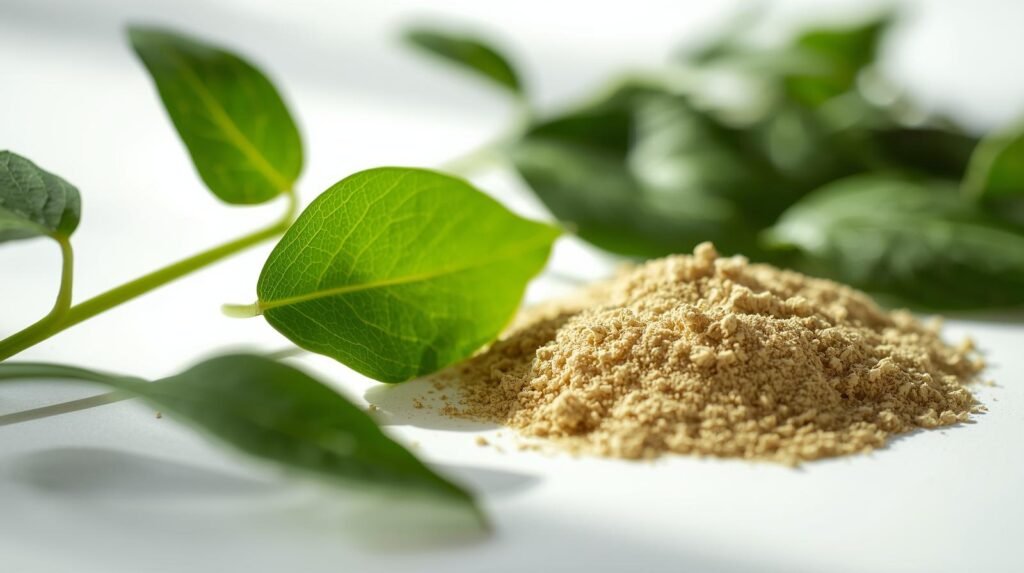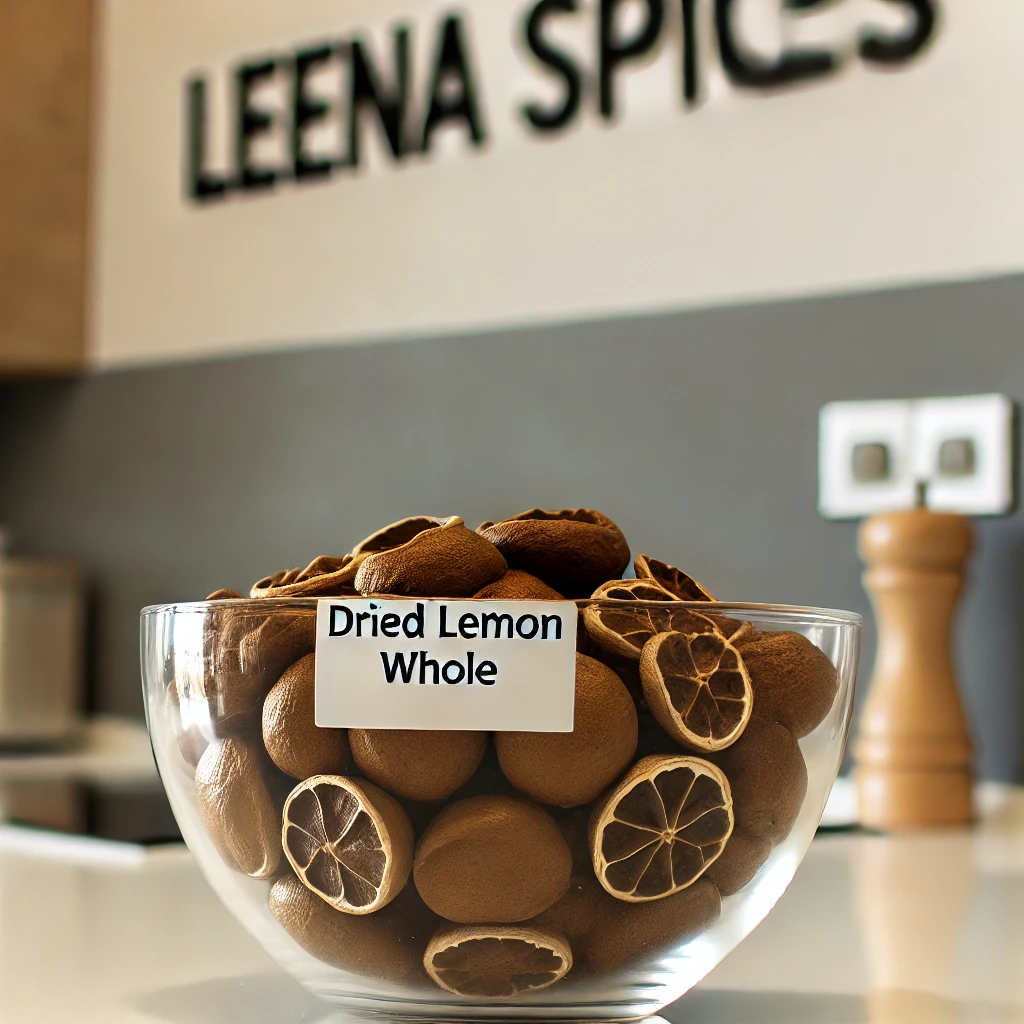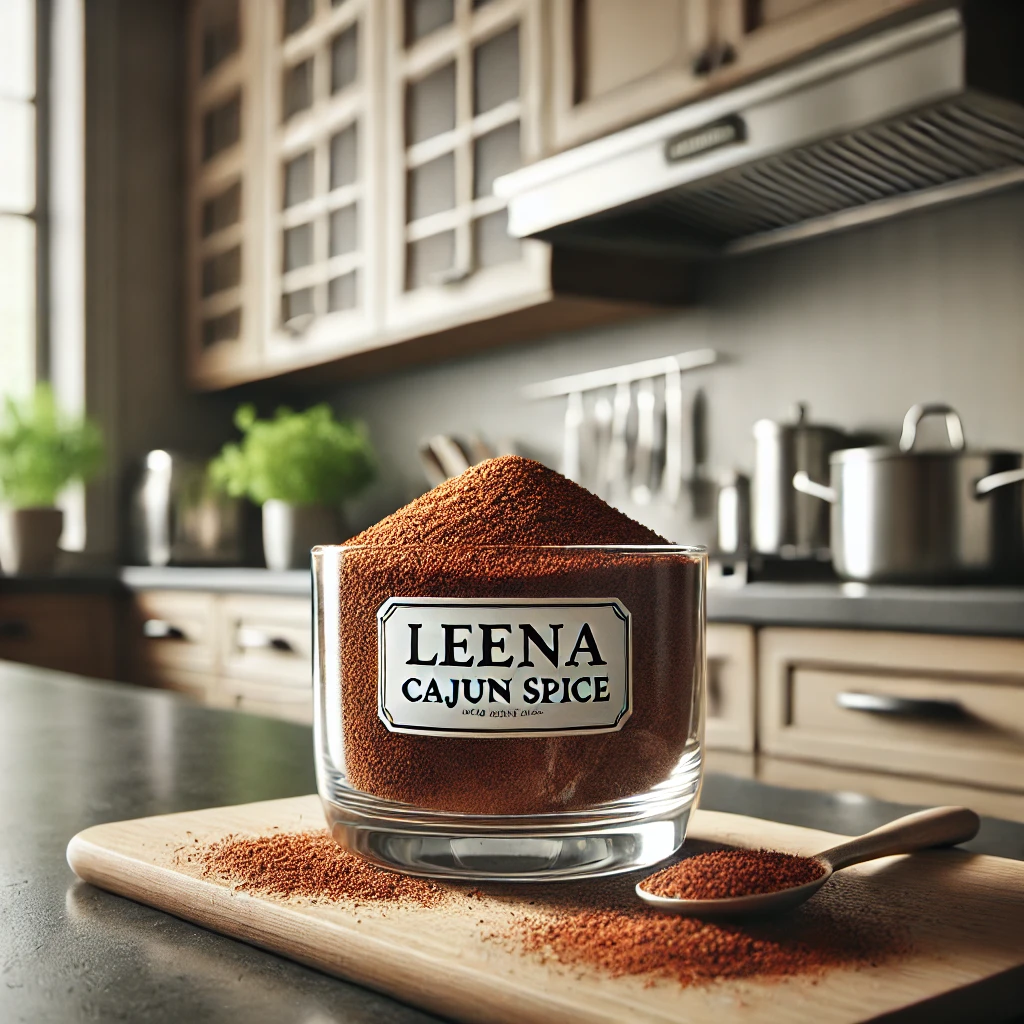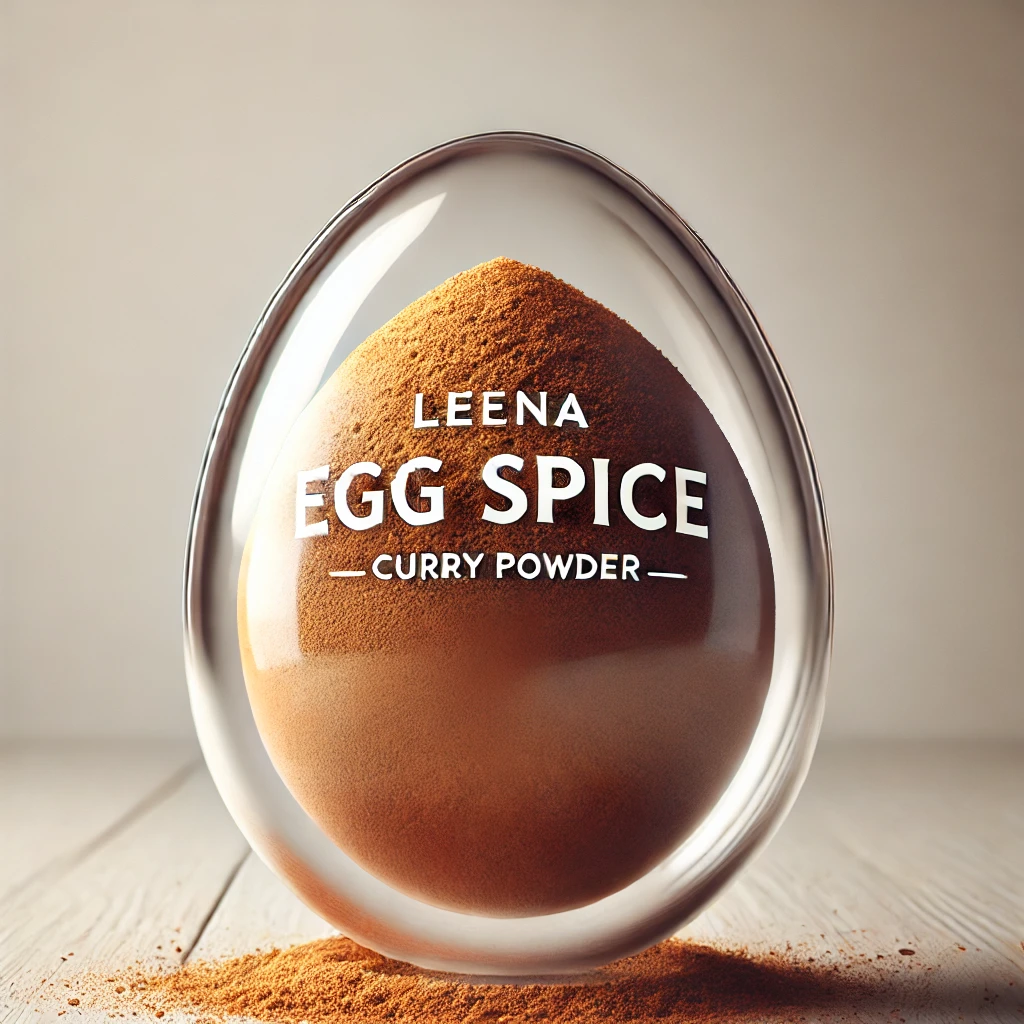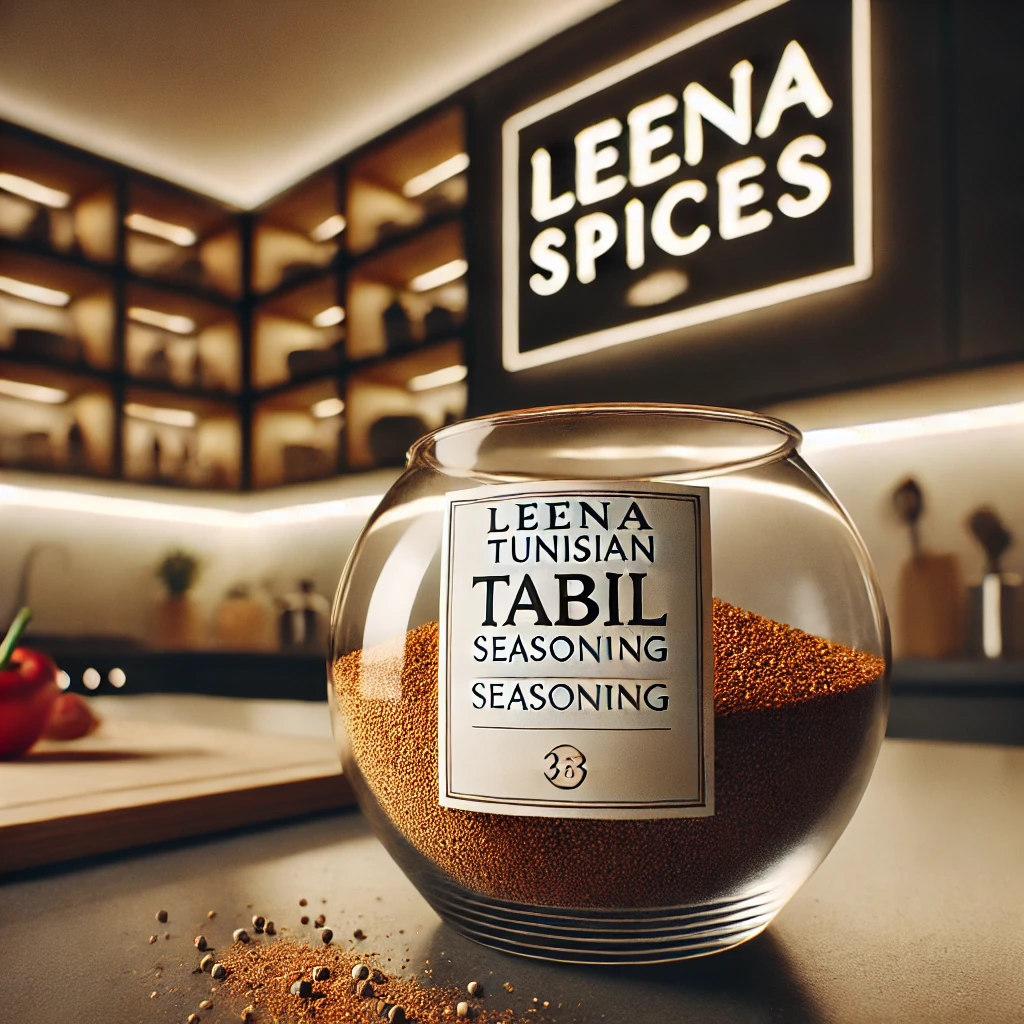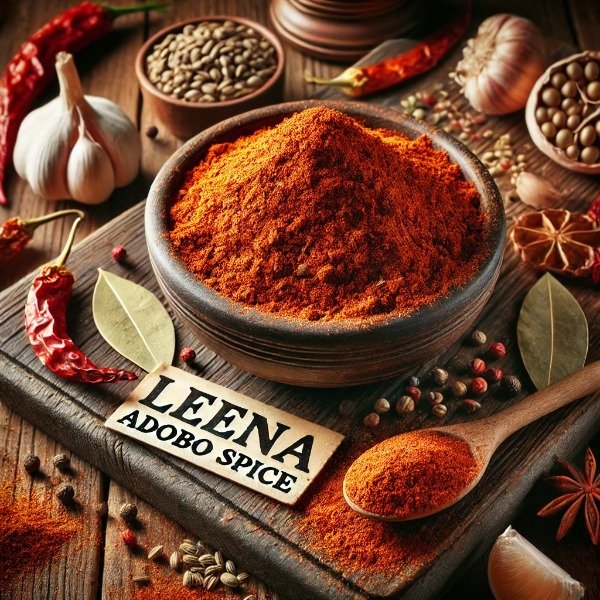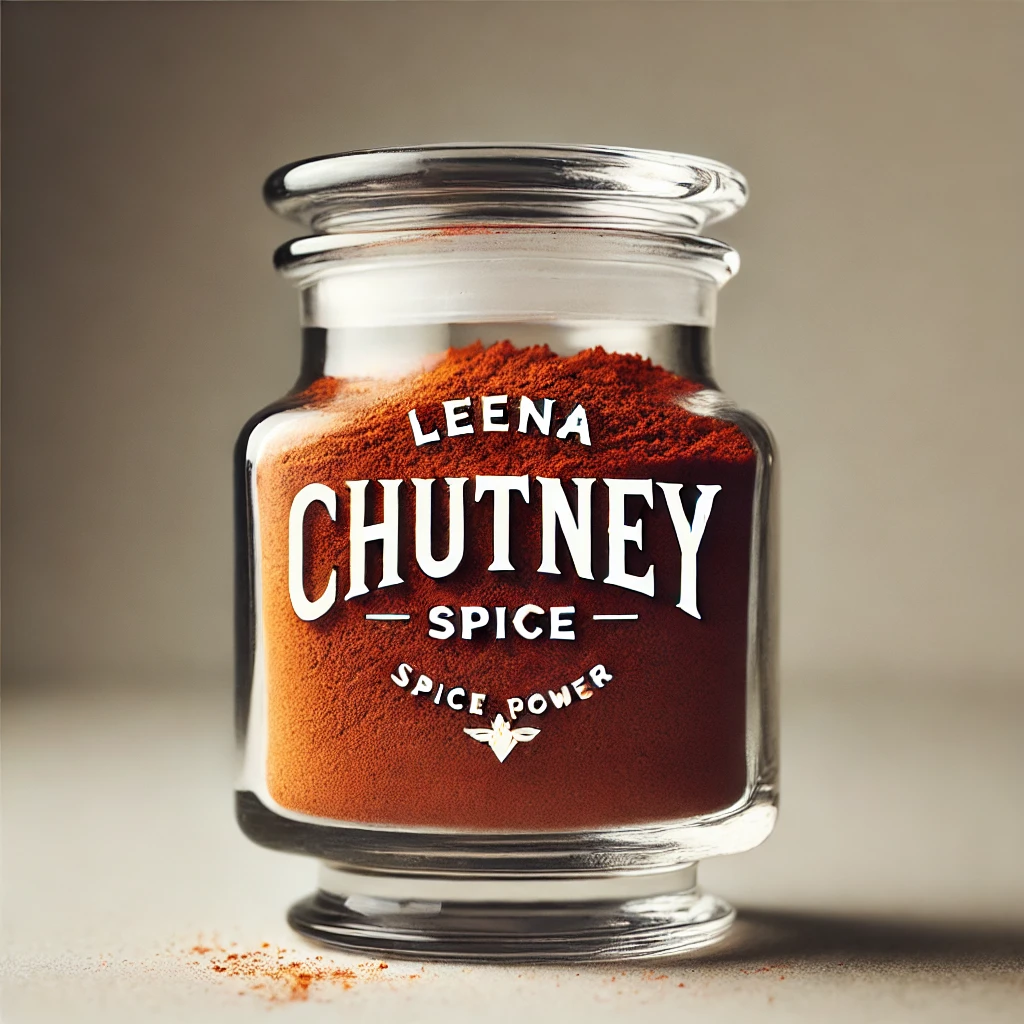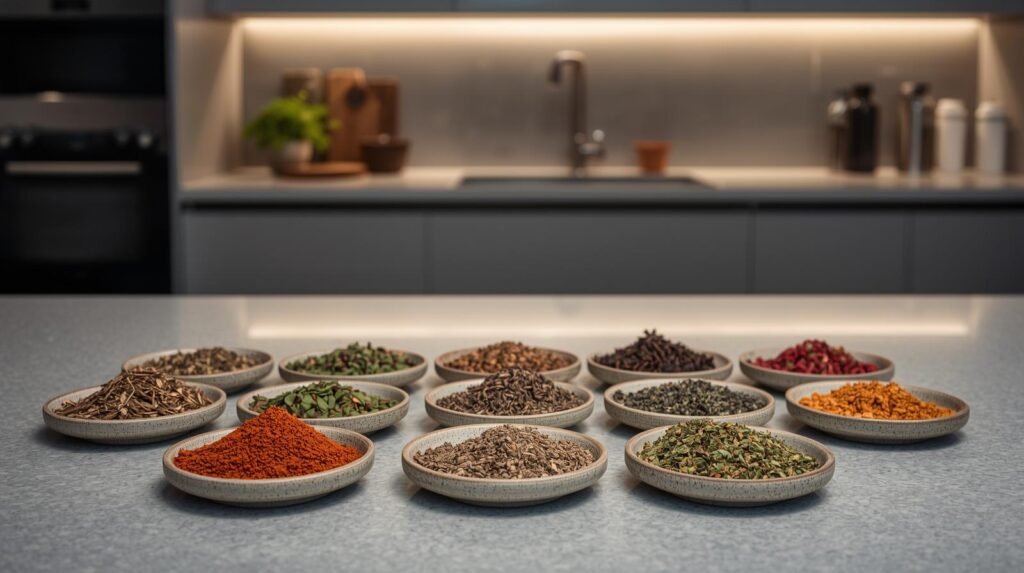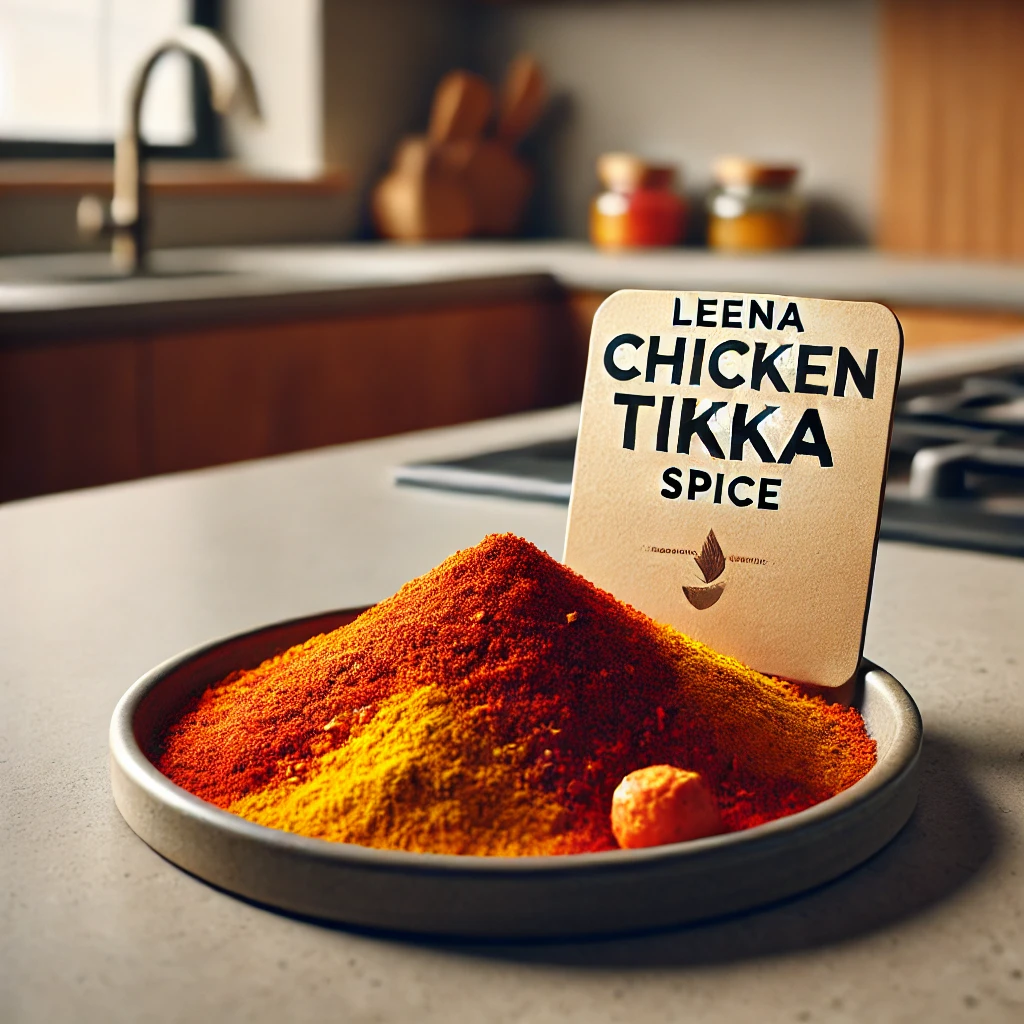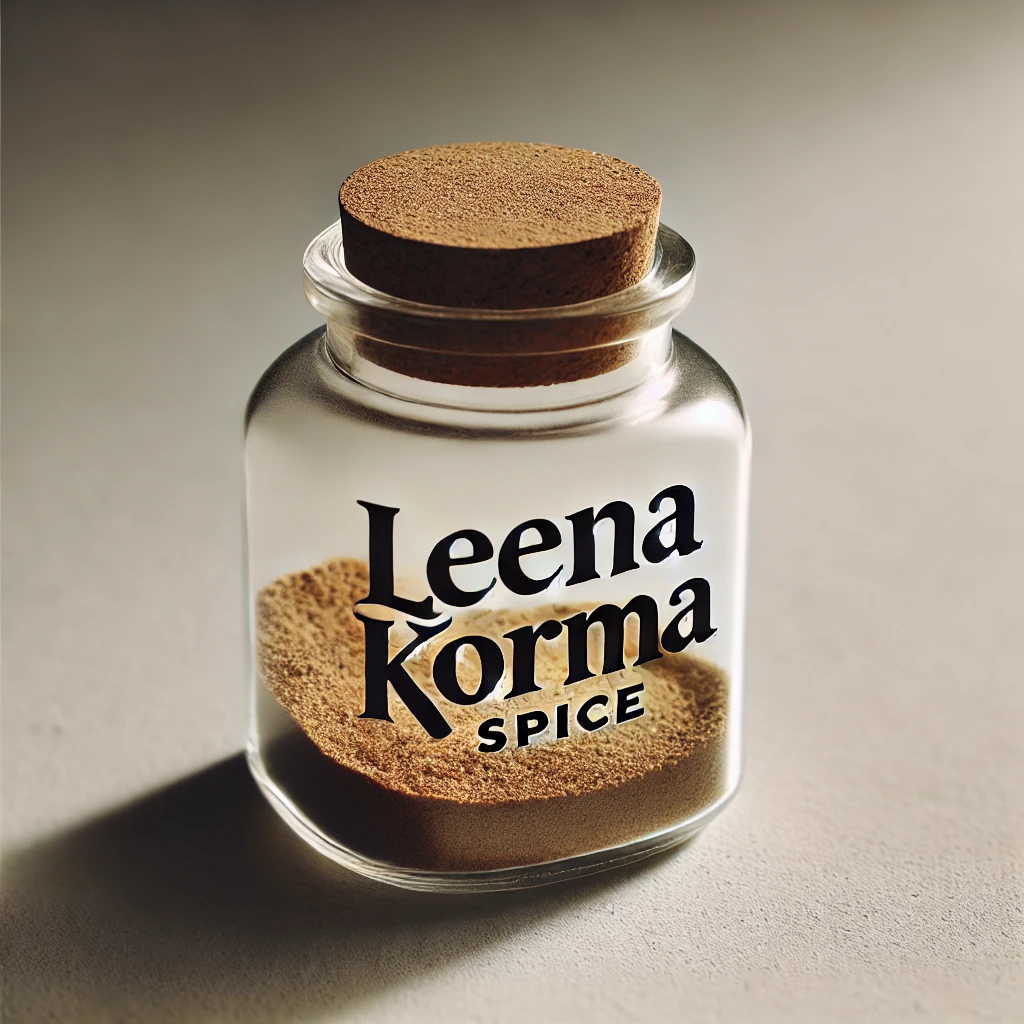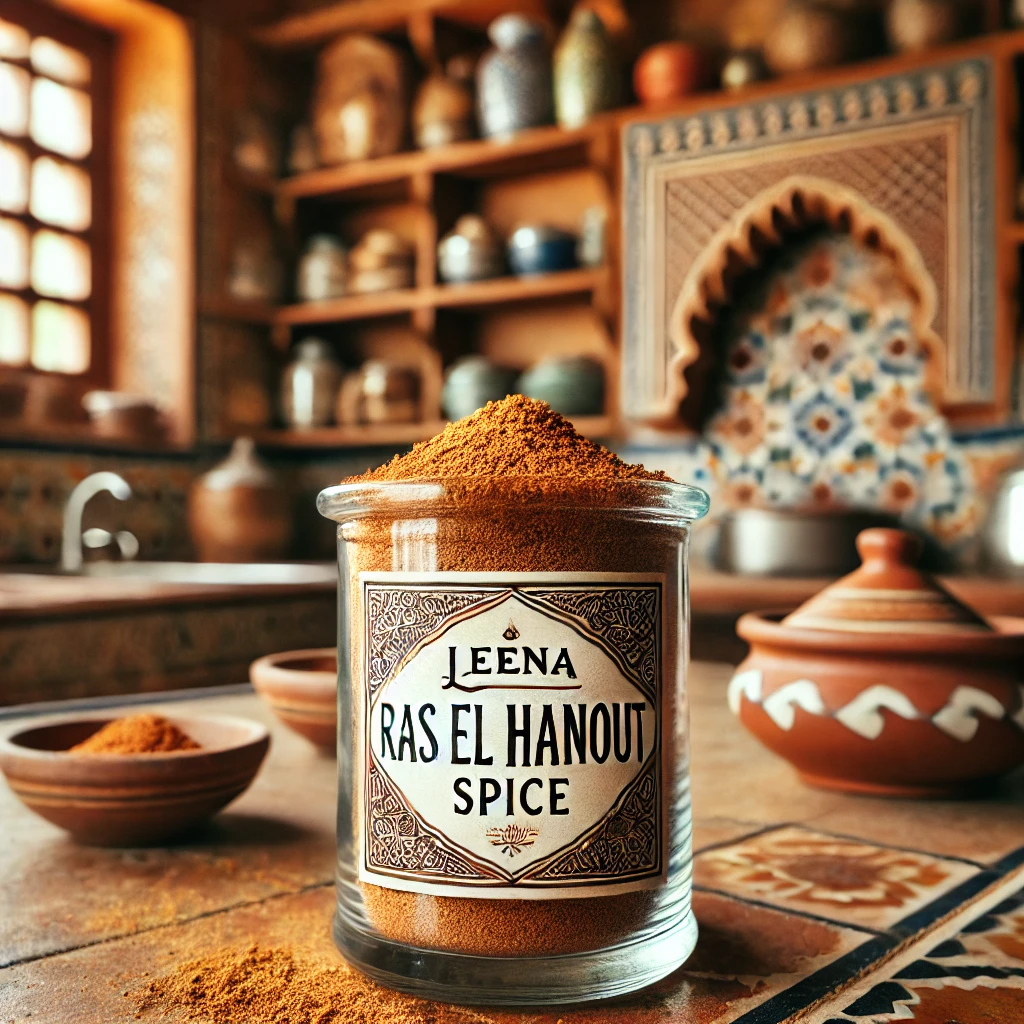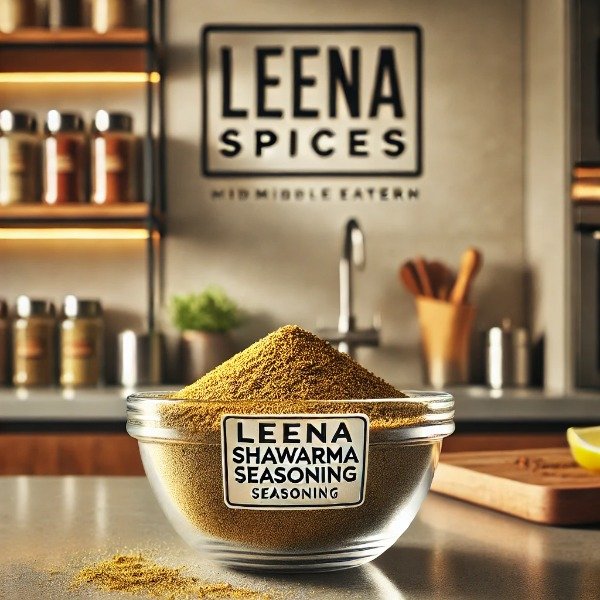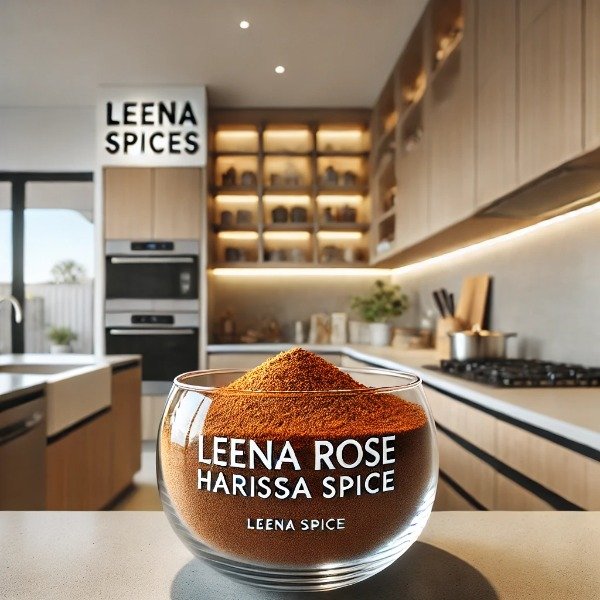7 Surprising Benefits of Mishri Rock Sugar You Need to Know
Table of Contents
- Introduction
- What is Mishri
- How Mishri is used
- History and origin
- How is Mishri made
- Different types of Mishri
- Health benefits
- FAQs
- Conclusion
Introduction
Have you ever finished a meal at a traditional Indian restaurant and been offered a small bowl of colorful fennel seeds (saunf) mixed with tiny white crystals? Those sweet, translucent chunks are mishri are time-honored sweetener that carries both cultural significance and medicinal value.
Unlike regular table sugar, mishri (also called rock sugar or rock candy) is an unrefined, natural form of sugar. For centuries, it has been used not only in cooking but also in Ayurveda and Persian traditions, where it was prized for its soothing qualities and gentle sweetness.
What makes mishri special is its purity and preparation. Instead of going through heavy refining and chemical processing, it is formed by crystallizing sugarcane juice or palm sap into large, clear crystals. This slow crystallization process is believed to preserve more of the natural properties of sugar, resulting in a sweetener that tastes milder and digests more easily.
Today, mishri continues to hold a unique place in South Asian households. It is sprinkled into herbal teas, milk, and desserts, often paired with fennel seeds as a natural mouth freshener, and sometimes even used as a quick energy booster. In Ayurveda, it is valued for its ability to cool the body, ease throat irritation, and support digestion.
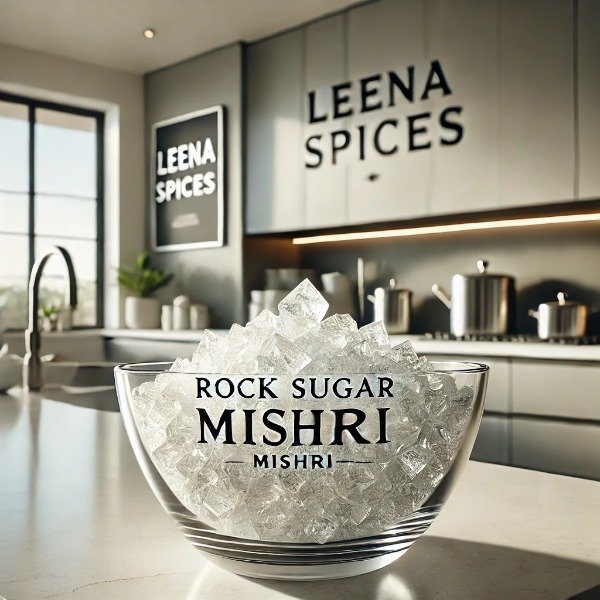
What is Mishri Rock Sugar?
Mishri, commonly known as rock sugar or crystal sugar, is a type of unrefined crystalline sugar made by cooling concentrated sugar syrup until it slowly forms large, translucent crystals. Traditionally, this syrup comes from sugarcane juice or palm sap, making mishri one of the most natural forms of sugar still in use today.
What sets mishri apart from regular table sugar is its minimal processing. While refined sugar is heavily treated, bleached, and stripped of nearly everything except sweetness, mishri is created through a simpler crystallization process. This allows it to retain more of the natural essence of its source and gives it a milder, gentler sweetness that feels less harsh on the palate and digestion.
In many South Asian and Asian households, mishri is far more than just a sweetener. It holds cultural and medicinal importance, appearing in daily rituals, festive offerings, and Ayurvedic remedies. Because of its natural preparation, mishri is often considered a purer alternative to refined sugar, believed to be lighter on the stomach and, in traditional systems of medicine, credited with supporting digestion, soothing the throat, and even calming the mind.
How Mishri (Rock Sugar) Is Used?
- Taste & Texture: Mishri is mildly sweet with a cooling effect on the palate. Its hard, crystalline form gives a pleasant crunch, making it enjoyable both as a sweetener and as a treat on its own.
- Quick Energy Source: As a simple carbohydrate, mishri offers rapid energy, making it useful during periods of fatigue or after long fasts.
- Ayurvedic Uses: In traditional medicine, mishri is valued for more than its flavor. It is often recommended to soothe coughs and sore throats, support digestion, and reduce fatigue, thanks to its gentle and easily digestible sweetness.
- Mouth Freshener: Combined with fennel seeds (saunf), it is a classic post-meal treat that aids digestion and freshens the breath.
- Sweetener for Beverages: Mishri naturally sweetens milk, tea, and herbal drinks, providing a gentle, lingering sweetness.
- Cultural Significance: Mishri carries a spiritual role as well. Its clarity and purity make it a common offering in religious rituals (prasad), symbolizing sweetness, goodwill, and auspicious beginnings.
What is The History and Origin of Mishri?
The story of mishri begins in ancient India, where it was first crafted from sugarcane juice and celebrated as one of the purest forms of sweetness. Its earliest mentions are found in Ayurvedic texts, where it was valued not just as food but as a natural remedy to balance the body and soothe ailments.
As sugarcane cultivation flourished in the Indian subcontinent, the art of crystallizing sugar into clear, rock-like pieces spread beyond India’s borders. Through trade routes, mishri traveled westward to Persia, the Middle East, and eventually Europe, introducing the world to a new way of experiencing sweetness.
Beyond its practical uses, mishri carried deep cultural and spiritual significance. In India, its clarity and natural purity made it a favored offering in temples and ceremonies, where it symbolized goodwill, sweetness of life, and auspicious beginnings. Over the centuries, mishri remained firmly rooted in both daily wellness practices and ritual traditions, a legacy that continues to this day.
How is Mishri Made?
The traditional process unfolds in several steps:
- Sugarcane Juice Extraction – Fresh juice is pressed from sugarcane stalks. In some regions, palm sap is also used as an alternative base.
- Clarification & Boiling – The juice is gently boiled to remove impurities. Natural clarifying agents, such as lime or herbal extracts, may be added at this stage.
- Concentration – The liquid is simmered until it thickens into a rich syrup.
- Crystallization – The concentrated syrup is poured into large containers. Cotton threads, wooden twigs, or even jute strings are suspended in the syrup and the container is covered. Over several days—or sometimes weeks—the sugar molecules slowly crystallize around the threads. This produces large, irregular crystals. The variety formed on threads is known as dhaga mishri (thread mishri) and is considered the purest form.
- Drying & Harvesting – Once the crystals have grown to the desired size, they are carefully removed, dried, and broken into smaller chunks for consumption.
This slow, chemical-free method makes mishri visually striking, with its glass-like crystals, and texturally distinct from the fine granules of table sugar. Because it avoids heavy refining, mishri is often believed to preserve trace minerals and is considered gentler on digestion, aligning with its role in Ayurveda and traditional practices.
What are Different Types of Mishri ?
Mishri comes in different forms, each with distinct characteristics and applications:
- Small Crystal Mishri: These are tiny, granular crystals that resemble coarse sugar. They dissolve quickly, making them ideal for sweetening beverages like tea, coffee, or milk. They are also convenient for culinary recipes where a subtle sweetness is desired without altering texture.
- Large Rock Mishri (Dhaga Mishri): These are bigger, irregular crystals, sometimes formed around cotton threads, known as thread mishri. They dissolve slowly, providing a gentle, lingering sweetness, and are often preferred for Ayurvedic remedies, post-meal digestive aids, or for chewing directly as a mouth freshener. Their size and purity make them a common choice in religious offerings and traditional ceremonies.
By understanding these types, you can choose the right mishri for culinary, medicinal, or cultural purposes, maximizing both its flavor and traditional benefits.
How Does Mishri Differs from Refined Sugar?
Although both mishri and refined sugar come from sugarcane, their processing methods, appearance, and effects differ greatly.
- Processing: Refined sugar undergoes extensive chemical treatments, bleaching, and rapid crystallization to achieve its uniform white color and fine granules. Mishri, by contrast, is created through a slow, natural crystallization process without chemical additives, which allows it to retain more of its original character.
- Appearance & Texture: Refined sugar is bright white with small, even crystals that dissolve quickly. Mishri forms larger, irregular crystals that can range in color from clear to pale yellow or even gray, reflecting the absence of bleaching. These crystals dissolve more slowly, giving them a unique role in recipes and remedies.
- Taste & Properties: Mishri has a milder sweetness and is often described as having a subtle cooling effect, while refined sugar delivers a sharper, more intense sweetness with warming qualities.
- Nutritional Aspects: Both are predominantly sucrose, but mishri may contain trace minerals and is considered easier on digestion in Ayurvedic traditions. Refined sugar, stripped of natural compounds, can cause faster energy spikes and is viewed as acidic compared to mishri’s alkaline nature.
Despite these differences, it’s important to note that both should be consumed in moderation, as excessive intake of any sugar can impact overall health.
You may also like these posts
5 Top Health Benefits of Saffron Milk for Expecting Mothers
How Much Does It Cost to Start a Spice Business
6 Essential French Spice Blends Every Home Cook Should Know
25 Best Vegan Pumpkin Spice Recipes
5 Best Ways to Avoid Harmful Additives in Spices
7 Exciting Ways to Grow, Harvest, and Freeze Red Capsicum Bell Peppers
Mishri vs. Refined Sugar: The Key Differences
Feature | Mishri (Rock Sugar) | Refined Sugar (Granulated/White) |
Manufacturing / Processing | Slow, natural crystallization of sugarcane juice or palm sap; minimal or no chemicals. | Rapid, industrial refining with chemical agents (sulfur dioxide, phosphoric acid, bleaching agents). |
Purity | Unrefined; retains trace minerals. | Highly refined; stripped of nutrients and impurities. |
Nutritional Profile | Contains trace minerals like iron, calcium, and magnesium. | Pure sucrose; empty calories, no vitamins or minerals. |
Form / Appearance | Large, translucent crystalline chunks, often with a cooling feel; sometimes formed with a thread. | Fine, uniform white granules or powder. |
Taste | Mild, delicate sweetness; cooling and smooth on the palate. | Strong, sharp sweetness without cooling effect. |
Ayurvedic & Health Benefits | Used in Ayurveda for soothing cough, sore throat, aiding digestion, reducing fatigue, and boosting energy; considered cooling to the body. | No medicinal benefits; linked to obesity, diabetes, tooth decay, and energy crashes. |
Cultural Use | Offered as prasad in temples, used in traditional remedies and mouth fresheners. | Primarily culinary use; little to no cultural or ritual significance. |
Glycemic Impact | Slightly gentler on blood sugar spikes; slower absorption. | Causes quick blood sugar spikes and energy crashes. |
This table clearly illustrates that while both are sources of sucrose, mishri’s unrefined nature makes it a distinctly different product. When choosing between mishri and refined sugar, the difference is clear. Mishri is a more natural, minimally processed sweetener that not only provides a gentle sweetness but also carries cultural, Ayurvedic, and minor nutritional value. Refined sugar, while convenient and widely available, offers no health benefits and may even contribute to long-term health issues when overconsumed. For those seeking a healthier alternative that aligns with tradition and wellness, mishri stands out as the sweeter choice in more ways than one.
What Are the Nutritional and Health Profile of Mishri?
One of the key differences lies in its glycemic impact. Mishri’s slow-dissolving crystalline structure means it may produce a gentler rise in blood sugar compared to refined sugar, making it a slightly better option for those who are mindful of glucose spikes.
However, it’s important to remember that mishri is still sugar. Moderation is essential, and it should not be considered a “health food,” particularly for individuals with diabetes or those needing strict blood sugar control. Its value lies in its natural, less-processed form and traditional uses, rather than any significant nutritional advantage.
What Are the Key Health Benefits of Mishri?
For centuries, mishri has held a valued place in Ayurvedic medicine and traditional wellness practices. It is often prized for its “cooling” effect on the body, making it a common ingredient in summer drinks and remedies.
- Cough & Sore Throat Relief: Mishri is frequently combined with black pepper or ghee in home remedies. Its gentle sweetness is believed to soothe the throat, ease irritation, and help clear congestion
- Digestive Aid: A classic post-meal tradition in India involves chewing mishri with fennel seeds (saunf). This combination is thought to promote digestion, reduce bloating, and freshen the breath.
- Energy Booster: As a simple carbohydrate, mishri is quickly absorbed by the body, providing a rapid source of energy. It is often consumed after long fasts or during periods of fatigue to restore vitality.
Through these traditional uses, mishri demonstrates that its role extends far beyond sweetness, serving as a gentle, natural supplement in daily wellness routines.
Health Benefits of Mishri According to Ayurveda
- Respiratory Support: Mishri is recommended for coughs and sore throats, as its gentle sweetness helps reduce irritation in the respiratory tract.
- Digestive Aid: Being slightly alkaline, mishri is believed to promote easier digestion compared to acidic refined sugars, making it a common post-meal remedy.
- Energy and Vitality: Mishri provides a steady source of energy without causing rapid blood sugar spikes, according to Ayurvedic principles.
- Oral Health: When consumed with fennel seeds, mishri is said to combat bad breath and support overall oral hygiene.
- Circulation and Anemia Support: It is thought to enhance blood circulation and may help prevent anemia-related issues due to trace minerals present in unrefined forms.
- Vision and Fatigue: Traditionally, mishri is believed to improve vision and reduce fatigue, while also helping balance bodily doshas, the fundamental energies in Ayurvedic theory.
While these benefits are rooted in centuries of traditional knowledge, scientific studies are limited, and mishri should not be considered superior to regular sugar in measurable nutritional terms. Its value lies primarily in its natural, unrefined form and its role in Ayurvedic practices.
What Are the Potential Side Effects of Mishri?
Although mishri is celebrated in traditional medicine, it carries the same risks as other forms of sugar when consumed excessively.
- Blood Sugar Impact: Overconsumption can lead to elevated blood sugar levels, which is particularly important for individuals with diabetes.
- Weight Gain: Like all sugars, excessive intake may contribute to weight gain and associated health issues.
- Dental Health: Frequent consumption without proper oral hygiene can increase the risk of cavities and tooth decay.
- Product Authenticity: Some commercially available mishri may be adulterated, so it is important to verify the quality and purity of the product.
No unique or specific side effects of mishri have been documented beyond those generally associated with sugar. Moderation remains key to safely enjoying its benefits.
How do I Choose and Store Mishri?
When selecting mishri, look for clear, irregular crystals without discoloration, as this indicates high purity and minimal processing.
For storage:
- Keep mishri in airtight containers to protect it from moisture.
- Store it in a cool, dry place to prevent clumping.
- While mishri has a long shelf life, exposure to humidity can affect its texture and quality, so periodically check for any signs of spoilage.
Proper selection and storage ensure that mishri remains both safe and flavorful for culinary and medicinal uses.
FAQs About Mishri (Rock Sugar)
What is mishri?
Mishri, also known as rock sugar or crystallized sugar, is made by slowly crystallizing sugarcane juice or palm sap into large, clear crystals. It is less processed than refined white sugar and is commonly used in Indian sweets, beverages, and Ayurvedic remedies.
Is mishri healthier than regular sugar?
Mishri is considered slightly less processed and may retain trace minerals depending on how it is made. However, nutritionally it is very similar to table sugar, as both are mainly composed of sucrose. The health benefits often highlighted are rooted in traditional use rather than proven scientific advantages.
What are the traditional health benefits of mishri?
In Ayurveda, mishri is believed to have a cooling effect on the body, soothe sore throats, aid digestion (especially when paired with fennel seeds), and provide a quick source of energy. It is also used in some home remedies for cough and fatigue.
Can people with diabetes eat mishri?
Since mishri is primarily sucrose, it can raise blood sugar levels much like regular sugar. People with diabetes should use it cautiously or avoid it unless advised otherwise by a healthcare professional.
How is mishri different from sugar candy?
Mishri and sugar candy are often confused, but mishri is generally made through slower, natural crystallization, which gives it a more uneven, rock-like structure. Sugar candy may be more uniform and sometimes flavored.
What are some culinary uses of mishri?
Mishri can sweeten hot beverages like milk, tea, and coffee, add subtle sweetness to desserts such as kheer and barfi, and serve as a refreshing post-meal mouth freshener when paired with fennel seeds.
Does mishri have any side effects?
Like all sugars, overconsumption can contribute to weight gain, tooth decay, and blood sugar spikes. No unique side effects are documented for mishri beyond those of regular sugar.
How should mishri be stored?
Keep mishri in an airtight container, away from moisture and heat. It has a long shelf life but may clump or lose its texture if exposed to humidity.
Why is mishri used in religious rituals?
Mishri is considered pure and auspicious in many Indian traditions. Its clear crystals symbolize purity and sweetness, making it a common offering in temples and during religious ceremonies.
Where can I buy authentic dhaga mishri?
Authentic dhaga mishri is available at many Indian grocery stores and reputable online retailers. Look for the large, clear crystals that often have a cotton thread or string running through them, which indicates the traditional “thread mishri” method of crystallization.
Conclusion
Mishri, or rock sugar, is more than just a sweetener. It is a bridge between tradition and everyday culinary use. Its gentle sweetness, unique crystalline texture, and traditional manufacturing process set it apart from modern refined sugar. While its nutritional benefits over table sugar are modest, mishri’s purity, versatility, and Ayurvedic-backed qualities make it a valuable addition to both food and wellness practices.
Used thoughtfully, mishri can enhance flavors in beverages, desserts, and post-meal remedies, while also connecting us to centuries of cultural and medicinal traditions. However, like all sugars, it is best enjoyed in moderation, and individuals with specific health concerns, such as diabetes, should consult a healthcare professional before incorporating it regularly.



